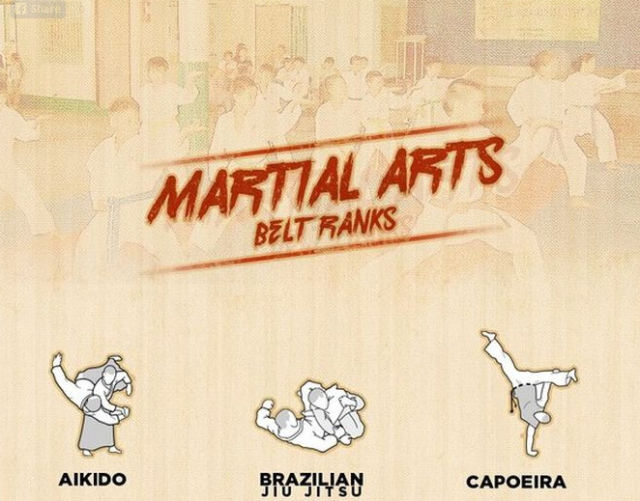Typical Martial Arts Vs. Modern Fight Sports: Recognizing The Key Differences
Typical Martial Arts Vs. Modern Fight Sports: Recognizing The Key Differences
Blog Article
Material Created By-Skovbjerg Johnson
When you consider martial arts, do you lean more towards the standard practices or the contemporary combat sporting activities? Each path uses special advantages and experiences, formed by their philosophies and training approaches. Standard martial arts emphasize individual growth and technique, while modern battle sporting activities concentrate on competition and performance. Comprehending these distinctions can direct you in picking the ideal approach for your trip. However how do these differences manifest in training and approach?
The Philosophy and Background Behind Typical Martial arts
While many individuals associate martial arts with physical battle, the viewpoint and history behind typical martial arts run much deeper. You'll locate that these self-controls emphasize individual growth, technique, and respect.
Originating from old practices, typical martial arts were usually established for Self-Defense and spiritual advancement. They symbolize principles such as balance, consistency, and self-constraint, directing practitioners beyond simple fighting abilities.
As which martial arts are in the olympics train, you'll not only find out strategies however additionally acquire insights into the culture and worths that shaped these arts. The routines and customs, frequently given through generations, promote a feeling of community and belonging.
The Affordable Nature of Modern Battle Sports
Modern battle sporting activities have changed the landscape of martial arts right into a highly affordable field, where athletes face off in an examination of skill, method, and endurance.
https://eternal-martial-arts-and55440.blogrelation.com/41330256/discover-the-thrilling-world-of-brazilian-jiu-jitsu-sign-up-with-a-beginner-s-trip-right-into-this-fascinating-martial-art-that-will-leave-you-desiring-more 'll notice that competitions are typically arranged with stringent regulations and regulations, making sure justice and safety and security. These events attract large target markets, fueling the excitement and intensity of matchups.
Professional athletes educate carefully, not just for physical prowess but likewise for psychological sturdiness, knowing that every detail counts in the ring. The adrenaline rush during competitors is apparent, as boxers press their restrictions to claim success.
Followers appreciate the athleticism and creativity involved, making modern battle sporting activities a thrilling phenomenon that continues to develop and mesmerize enthusiasts around the globe.
Training Techniques and Strategies: A Comparative Analysis
The competitive ambience of contemporary battle sports needs cutting-edge training approaches that differ substantially from standard martial arts.
In modern training, you'll concentrate on details methods, sparring, and conditioning, commonly using drills that replicate genuine battle circumstances. https://www.wilsoncountynews.com/articles/karate-kids-2/ 'll see an emphasis on quantifiable performance and regular competition to examine your abilities.
On the other hand, traditional martial arts focus on kinds, katas, and philosophical mentors, often stressing technique and respect over competitors.
Training is typically less intense and might entail repetitive practice instead of real-time sparring.
While both strategies develop skill and fitness, modern combat sports offer a more vibrant and versatile training atmosphere, preparing you for immediate obstacles in the ring or cage.
Choose the path that lines up with your goals and interests.
Verdict
In choosing in between typical martial arts and contemporary combat sports, it really comes down to what you value a lot of. If you're looking for individual development, self-control, and a sense of area, typical arts may be your ideal fit. Yet if you flourish on competitors and real-time obstacles, modern-day combat sports could be the way to go. Eventually, both courses use one-of-a-kind benefits, so it's all about straightening your training with your individual goals and interests.
